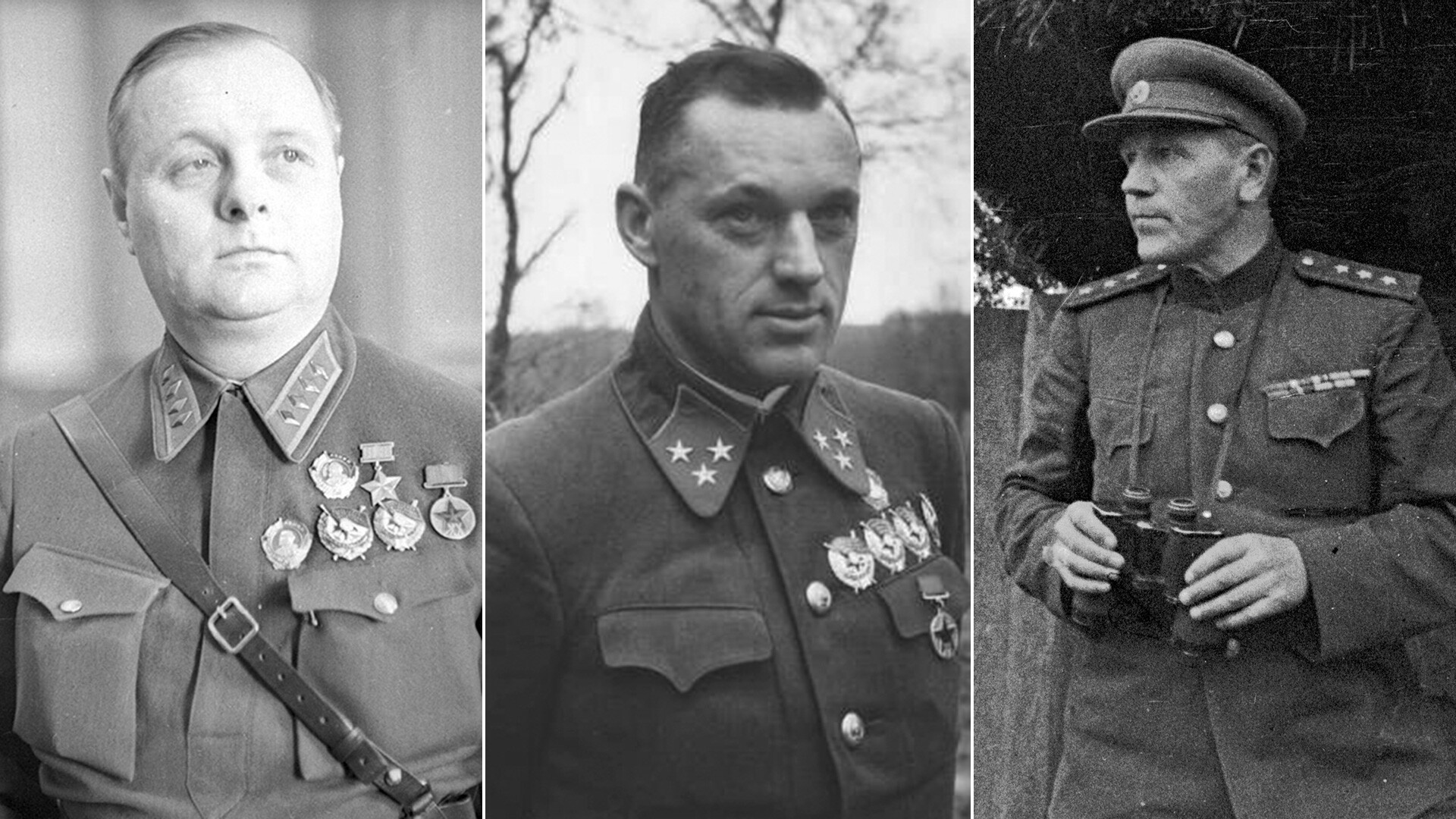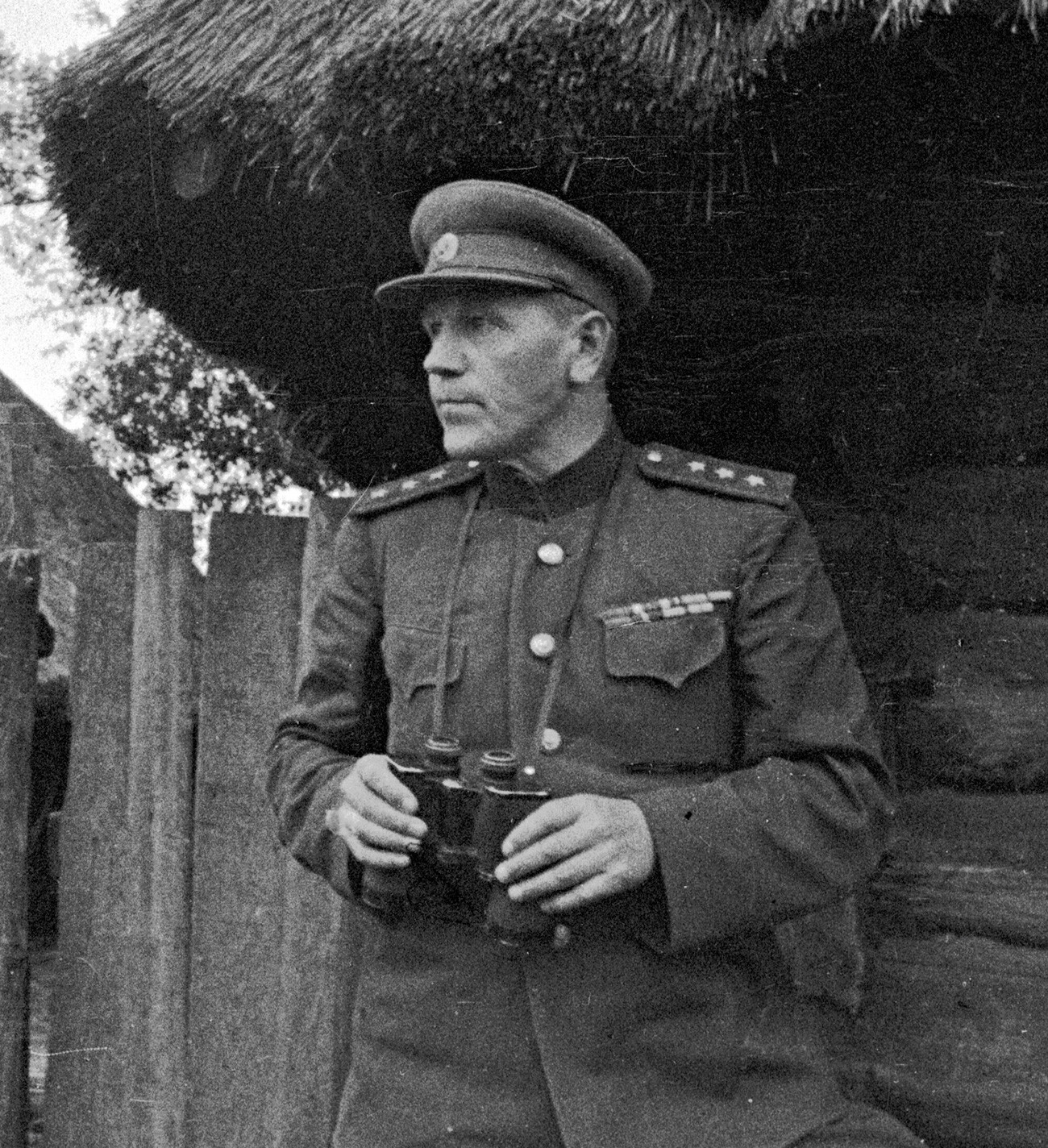
Hundreds of top Red Army commanders perished during the ‘Great Terror’ in the Soviet Union. However, some of those arrested managed to survive, be released and return to the ranks of the Armed Forces.
As it turned out, the country greatly benefited from their professional skills and experience in repelling Nazi aggression.
On August 17, 1937, Komdiv (divisional commander)) Konstantin Rokossovsky was arrested on charges of working for Polish and Japanese intelligence. He spent two and a half years in prisons, where the guards forcibly beat a confession out of him.
"In prison, he was tortured: his front teeth were knocked out, a hammer was pounded on his toes, his ribs were broken," said Ariadna Rokossovskaya, Marshal's great-granddaughter. “He didn’t sign anything, did not perjure himself or others. In 1939, he was twice brought out to be shot. They fired with blanks.”
Rokossovsky was released in March 1940 thanks to the efforts of 1st Rank Army Commander Semyon Timoshenko. Since then, he always carried a pistol with him and told his relatives: "If they come for me again, I won't be taken alive!"
Konstantin Konstantinovich clearly showed himself in the battles of Stalingrad and Kursk and especially in the defeat of Army Group Center" during the offensive ‘Operation Bagration’ in the Summer of 1944. He rose to the high rank of Marshal of the Soviet Union, and was also Marshal of Poland.
General Kirill Meretskov was arrested on the second day of the war against Nazi Germany - June 23, 1941. He was accused of belonging to an "anti-Soviet military-conspiratorial organization" and collaborating with German intelligence.
The military leader was kept in a damp, cold cell and was constantly beaten. Many years later, when asked by Novgorod local historian Nikolai Orlov how his interrogations went, Meretskov dropped his head in his hands, cried and replied: "If you only knew how they beat me."
In August, Meretskov wrote a letter addressed to Stalin, which, by some miracle, reached its addressee. "I ask you to trust me once again, to let me go to the front and in any job that you find possible to give me, to prove my devotion to you and the Motherland," he wrote in it.
On September 6, 1941, Meretskov was released. He rose to the rank of Marshal of the Soviet Union, took part in the lifting of the Siege of Leningrad, liberating Norway and defeating the Japanese Kwantung Army.

Kombrig (brigade commander) Alexander Gorbatov was arrested twice. The first time - in 1937, for opposing the arrest of his superior, Komdiv Pyotr Grigoriev.
In March 1938, he was released, but, in October of the same year, he was again taken into custody on charges of links with "enemies of the people". The military leader endured many intense interrogations with bias, after which he even had to return to the cell on a stretcher.
Gorbatov was sentenced to 15 years in prison and sent to a labor camp in Kolyma, where he contracted scurvy. In March 1941, thanks to the intervention of the same Timoshenko, the leader’s case was reviewed and he was released.
At the head of the 3rd Army, Alexander Gorbatov participated in the liberation of Byelorussia, the battles in East Prussia and the Berlin operation.
If using any of Russia Beyond's content, partly or in full, always provide an active hyperlink to the original material.
Subscribe
to our newsletter!
Get the week's best stories straight to your inbox